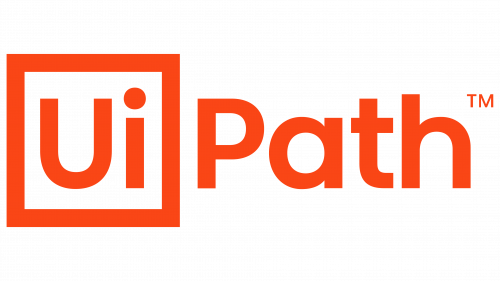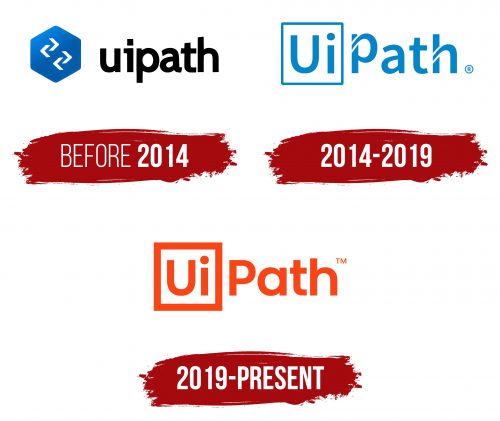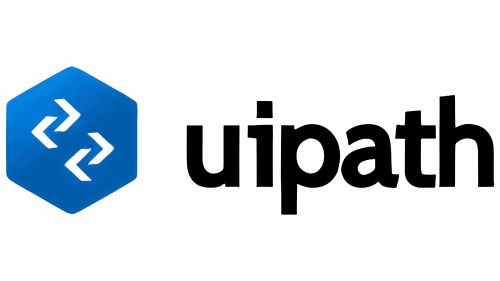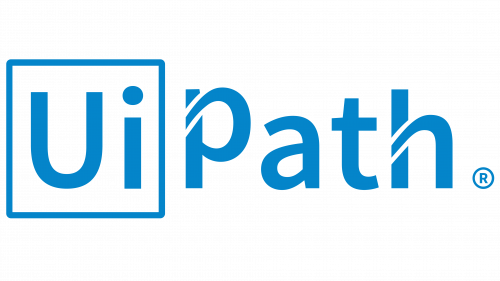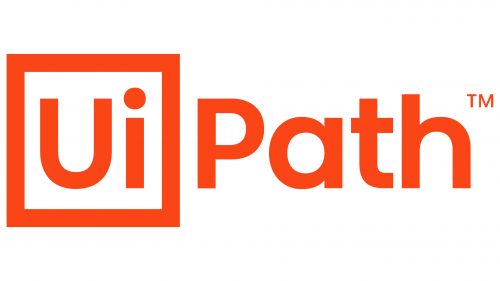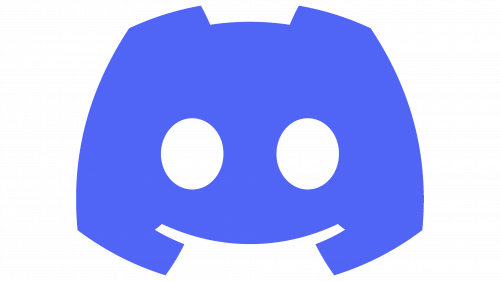The UiPath logo resembles a perfect packaged solution, ready for immediate use, symbolizing the platform’s simplicity and efficiency. This platform allows users to program robot actions, delegating specific production tasks to them. The emblem reflects the broad range of management capabilities available to clients, enabling the automation of routine processes and optimization of work operations.
UiPath: Brand overview
The story of UiPath began in 2005 when Daniel Dines and Marius Tirca founded DeskOver in Bucharest, Romania. Initially, the company focused on business process automation and software outsourcing for various clients. During its early years, DeskOver worked on diverse projects, including automating real estate processes and developing tools for library management.
A turning point came in 2012 when DeskOver began developing its workflow automation solution, which would later become the foundation of the company’s flagship product. This solution was built based on the team’s experience with automation projects for different clients.
2013, the company released its first robotic process automation (RPA) tool, marking a major milestone. This tool enabled the automation of repetitive computer tasks by mimicking human actions, quickly attracting enterprise clients looking to boost operational productivity. In 2015, DeskOver rebranded to align with its focus on RPA, and the company opened its first international office in London, marking the beginning of its global expansion.
The company experienced significant growth in 2016, securing $1.6 million in its first venture funding round from Seedcamp and Earlybird Venture Capital. This investment allowed the team to accelerate product development and expand marketing efforts.
In 2017, growth surged further. The company raised $30 million in Series A funding, supporting rapid hiring and the establishment of new offices worldwide. That year also saw the launch of an academy, a free online RPA training platform that helped foster a growing developer community around its technology.
The year 2018 was a period of tremendous expansion. The company raised $153 million in Series B and $225 million in Series C funding, bringing its valuation to $3 billion. This growth positioned the business as one of the fastest-growing and most valuable enterprise software startups. The company expanded globally, opening offices in Australia, Singapore, Japan, and several other countries.
In 2019, the company continued to innovate by introducing a new AI integration that incorporated artificial intelligence into automation workflows. The firm also launched a tool that enabled business users to create robots without coding skills.
Despite global economic challenges in 2020, the company continued its upward trajectory, raising $225 million in Series E funding and boosting its valuation to $10.2 billion. The product lineup expanded with the release of a cloud-based platform for managing automation.
The year 2021 was monumental for the company. On April 21, it went public on the New York Stock Exchange, becoming one of the largest publicly traded software companies. With a $35 billion valuation at the time of its initial public offering (IPO), the success underscored the significant growth potential of the RPA market.
In 2022, the platform continued evolving, incorporating more machine learning and artificial intelligence features. The company also expanded its partnerships with major technology and consulting firms to strengthen its position in the enterprise market.
By 2023, the business had firmly established itself as a leader in the robotic process automation industry. The company focuses on advancing its platform’s capabilities to meet businesses’ evolving automation needs. The journey from a small startup in Bucharest to a global, publicly traded company has been marked by continuous improvement and adaptation, reflecting its success in automation.
Meaning and History
What is UiPath?
This provider of cutting-edge software specializes in robotic process automation (RPA), offering companies a virtual workforce to perform routine tasks. This platform allows businesses to automate rule-based, repetitive processes across various applications and systems, freeing employees for more strategic and creative work. Thanks to its intuitive interface, business users and developers can easily create and deploy software robots capable of performing human-like tasks—from data entry to decision-making and invoice processing. With AI capabilities, these digital workers can learn and adapt over time, handling increasingly complex tasks. The platform impacts various industries, including manufacturing, retail, healthcare, and finance, helping companies improve processes, reduce errors, and accelerate digital transformation.
Before 2014
The first logo of the application is based on a bolt, symbolizing the workflow, tools, and mechanisms. The five-sided head is associated with important production elements, such as nails, screws, and bolts, which are fundamental components of any product. The creators drew a parallel between digital robots and physical machines, emphasizing the connection between online and offline technologies. The blue color, traditionally associated with technology and engineering processes, reinforces the technical theme.
On the surface of the bolt’s head are two interlocking arrows resembling chain links. This element symbolizes integrity and interaction, as the company’s programs initiate complex processes interconnected through commands. The arrows also point to active data exchange, highlighting the system’s dynamic nature.
The system’s name is positioned some distance from the bolt image, symbolizing remote control. The font used for the text consists of flexible black letters with small serifs, reflecting automated processes and the technological nature of the system. The absence of capital letters emphasizes that the utility is an auxiliary tool designed to control the main mechanism or program, focusing on its functionality and practical use.
2014 – 2019
Since 2014, the design of the company’s logo has focused on the name, which changed from DeskOver to UiPath, in honor of the main product. The “Ui” and “Path” are intentionally separated to emphasize their significance.
“Ui” stands for “User Interface” and is enclosed in a square with a blue border. This enclosed shape symbolizes a comprehensive solution, offering all the necessary programs and tools for managing processes. The platform helps users control robots and automate tasks through an easy-to-use interface. The square shape resembles a computer application icon associated with digital technologies and modern software.
The second part of the name, “Path,” highlights that the platform allows users to pave a path and create an action algorithm for the robot. The letters “P” and “H” use rounded lines with a white outline, emphasizing the route that automated processes follow. This design choice enhances the visual contrast and emphasizes the importance of an orderly structure and clear direction in the system’s operation.
2019 – today
The UiPath company logo has retained the core structure of the previous version but has become bolder and more modern. The main difference is the thicker lines and a richer orange color. This choice emphasizes the company’s growth and resilience, securing the top spot in the RPA (Robotic Process Automation) market and third place in the Forbes Cloud 100 ranking. The thick and clear lines symbolize the stability and reliability of the company’s technology offerings.
The orange color of the emblem represents friendliness, dynamism, and innovation, aligning with the spirit of the times when product functionality and ease of use are paramount. This shade creates a sense of openness and underscores the company’s focus on the user. In this case, orange becomes associated with the platform’s simple and intuitive interface, helping people automate routine tasks and enhance productivity.
The letters “Ui” are framed by a square, which may symbolize the structure and order of the platform’s processes. The clean and concise font, without unnecessary decorative elements, emphasizes the company’s technological focus and commitment to progressive solutions. The slogan and bold logo design reflect the brand’s position in the market and its desire to stay at the forefront of digital transformation, simplifying complex user processes worldwide.
